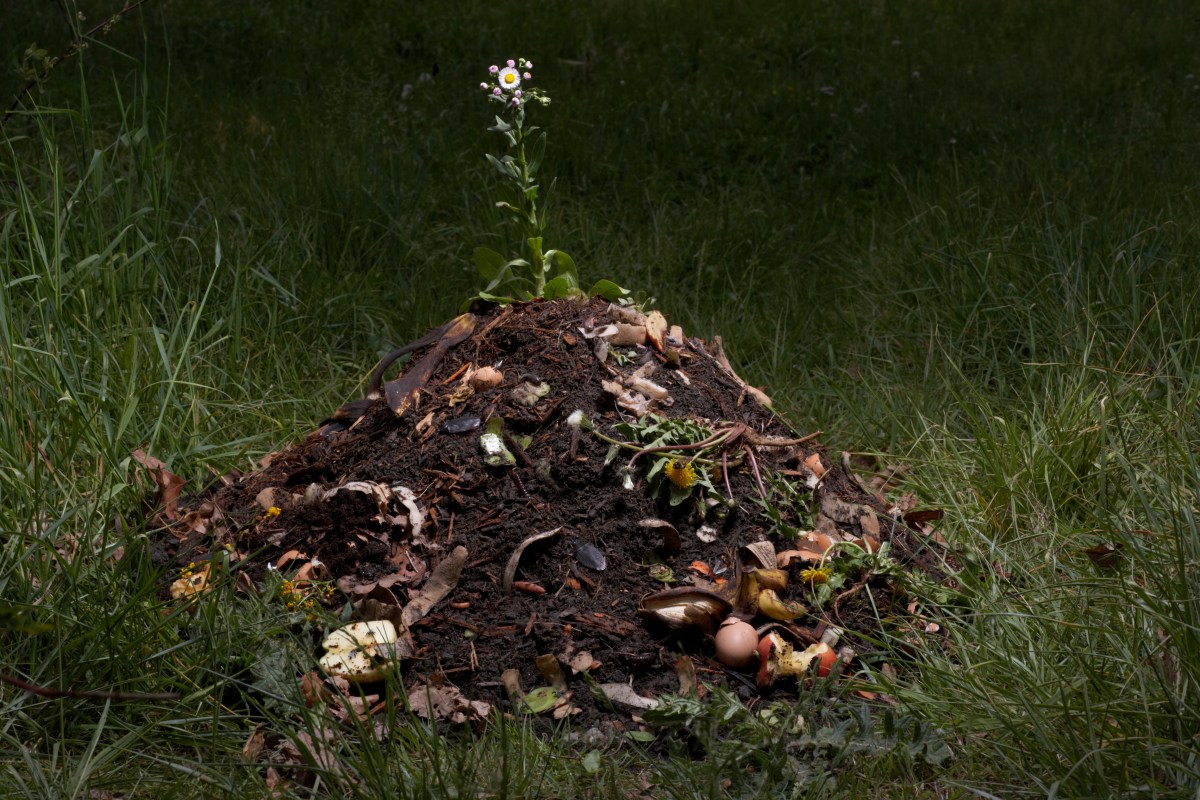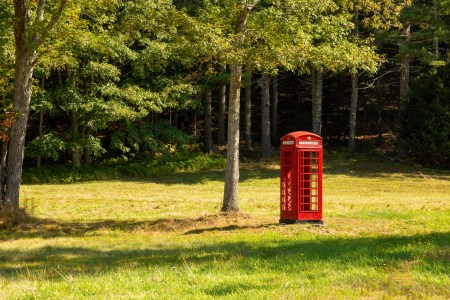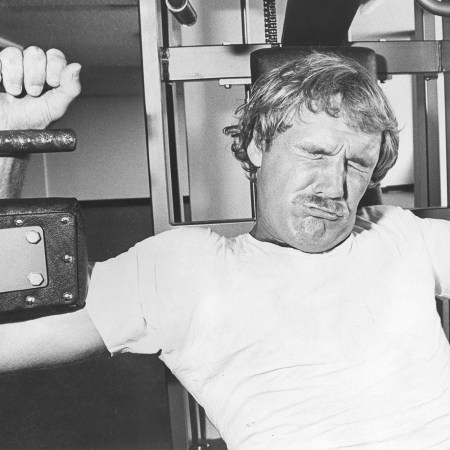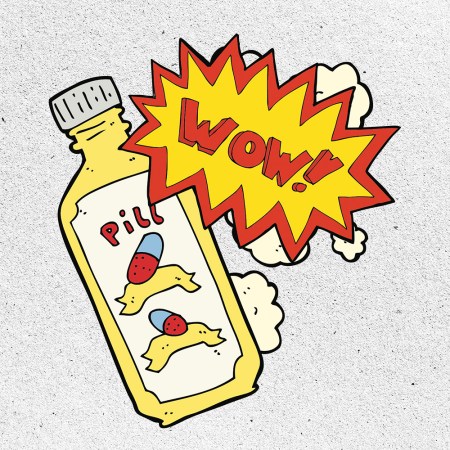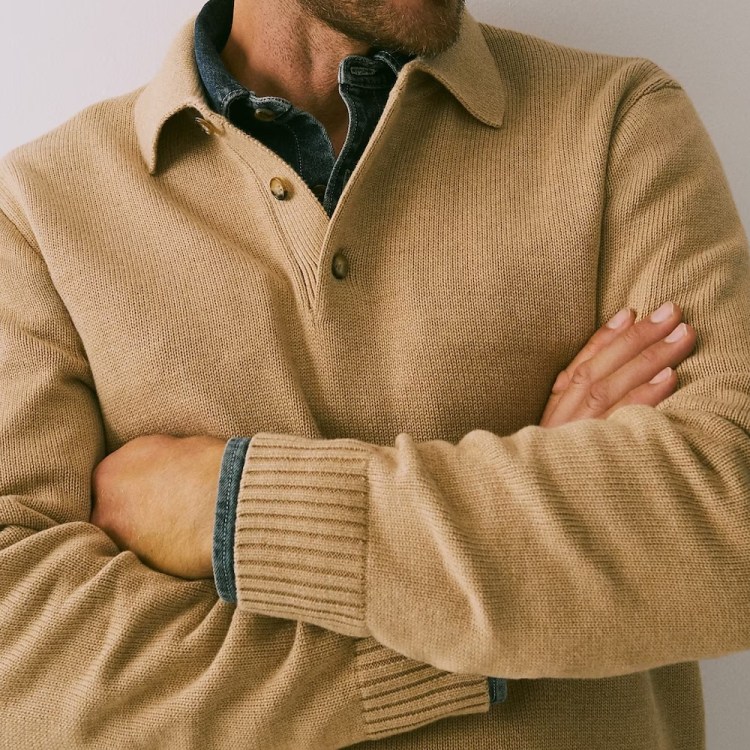It’s good to think about death.
That actually isn’t a hot take, psychologically speaking — in a study published in Psychological Science, one group of volunteers was instructed to think about dying, while the other was instructed to think about a trip to the dentist. “Mortal salience,” as the researchers described it, turns out to be a rather fulfilling thing.
The death group emerged from the experiment more happy and hopeful than the dentist group: “[Death] is a psychologically threatening fact, but when people contemplate it, apparently the automatic system begins to search for happy thoughts.”
Whenever death arrives, either in our thoughts or in practice, we work very hard to promptly whisk it away. Karl Ove Knausgård’s opening riff in My Struggle bears repeating here:
“There are few things that arouse in us greater distaste than to see a human being caught up in [death], at least if we are to judge by the efforts we make to keep corpses out of sight…a town that does not keep its dead out of sight, that leaves people where they died, on highways and byways, in parks and parking lots, is not a town but a hell. The fact that this hell reflects our life experience in a more realistic and essentially truer way is of no consequence. We know this is how it is, but we do not want to face it. Hence the collective act of repression symbolized by the concealment of our dead.”
In recent years, there have been inklings of our growing willingness to openly engage with death: from poppy lifestyle trends (The Gentle Swedish Art of Death Cleaning) to death prep apps (Bereev) to Silicon Valley subscription services that record the voices of loved ones…so you can talk to their AI clone after they pass away (HereAfter AI, StoryFile, You, Only Virtual and Replika).
These projects are inherently uncomfortable — and certainly not for everyone — but that doesn’t mean they aren’t useful. While we probably shouldn’t get out of that habit Knausgård that observed, of quickly cleaning and concealing our dead, a more honest and consistent discussion on death does appear to help us process it, prepare for it and come to peace with it.
After all, by leaning into life’s single guarantee, death prep can help us leave an easier legacy. Not just for our loved ones, dependents or communities, but for our planet, too.
This past January, New York became the sixth state to legalize the composting of human remains. You may have seen it in the news. The headline evoked high-strung titterings from people who were simultaneously: A) surprised to learn that was even a thing, B) shocked that it was now legally a thing, and C) regretful they decided to click the link in the first place.
How to Avoid the Most Common Deathbed Regret
Pick up the phone and call them. No matter how long it’s been.Green ways to go?
Taking time to consider death, though, affords us the space to reconsider the rites surrounding it, many of which we’ve long taken for granted. Simply put, the two primary ways that we dispose of ourselves — coffin or cremation — are outdated and dangerous for the planet.
Cremation overtook gravesite burial as Americans’ preferred way to go back in 2015, with cost (ashes are cheaper than caskets), logistics (families are more spread out than ever) and creativity (the dead and gone get to choose where they’re “scattered”) winning the day. But cremation is no win for Mother Earth. In carbon dioxide terms, a single cremation is equivalent to a road trip from New York City to Cincinnati — over 600 miles, which requires over 535 pounds of CO2.
That…might not sound that bad, especially when compared to the net carbon emissions of a life. If you were born in 1980, and lived out your life expectancy of 74-ish years, all while contributing to the American average of 16 tons of carbon emitted each year, you’d wind up at over 1,000 tons, or 2,000,000 pounds of personal emissions. At that point, what’s another 500 pounds? Well, that’s for you to answer.
Still: the other primary option, a conventional burial, isn’t too kind to the Earth, either. It can take up to 10 years for an embalmed body to decompose; along the way, toxins like formaldehyde, menthol, phenol and glycerin leak into the ecosystem. And cemeteries don’t just take up land that used to be forests…they also involve burying literal forests in the ground. We shovel four million “acres” of casket wood six feet under each year. We dump endless supplies of steel, copper, bronze and non-biodegradable materials down there, too.
“Ecological death care”
It’s not like there haven’t been methods for greener and more affordable death care.
In the United States, there are over 150 “natural” burial grounds, with many of them operating since the 1800s. A cemetery in New Jersey, called Steelmantown, has been in business since the 1700s. How does it work? “[Steelmantown] offers eco-friendly burial services to ensure remains have an organic return to the earth. They use natural stone as markers, their graves are hand dug, and they don’t use concrete vaults or embalming fluids.”
Natural cemeteries typically bury bodies close to the surface, and in biodegradable wickers, containers or satchels (think of the burlap sacks used to transport coffee beans or potatoes). Memorial decorations are discouraged, in order to limit waste. There aren’t even names etched into the “markers,” which are just rocks from the area. As there are no embalming fluids in the body, traditional funerals are usually skipped. And to offset the land use that a natural cemetery admittedly still requires, there are sometimes options to plant a sapling along with the body. At the very least, the groundskeepers at most natural cemeteries work to conserve the environs and keep them as wildlife-friendly as possible.
Obviously, with 3.5 million Americans dying each year, it’s unrealistic for a significant percentage of us to have natural burials. There isn’t enough space for it. And from a carbon-accounting standpoint, the distance that relatives would have to travel to visit these idyllic resting places would put strain on the environment, anyway.
Cemeteries that now offer “hybrid” services (plots of land for green burials, read more here) could somewhat address this issue, but in the coming years, the old and ailing could have a whole suite of postmortem options, all of which aim to perfect “ecological death care.”
And to mulch you shall return
The buzziest new option is human composting, or “natural organic reduction,” as New York legislators referred to the process when they legalized it across the state in early 2023.
The body is sealed in a vessel with natural materials like wood chips, organic mulch, alfalfa, wildflowers or straw, then spun around for a month and a half until it turns into soil. Once the process is complete, the average human body creates one cubic yard of soil, filling up one 32 fluid oz container. After that, it needs another three to five weeks to cure. From there, as Recompose, a Seattle-based death care service describes, “The soil created returns the nutrients from our bodies to the natural world. It restores forests, sequesters carbon and nourishes new life.”
That all sounds pretty lovely, relatively speaking. How much does it cost? It varies, but Recompose — along with its Portland-based competitor, Earth — both offer packages in the $5,000-$7,000 range. That isn’t far off from than the number most people spend on cremation services, and it’s typically less than what you’d spend on a full funeral and decent coffin for a conventional burial. It is more expensive than getting buried in a potato sack, which, incidentally, religious heads in the New York area seem far more comfortable with.
The executive director of the New York State Catholic Conference said in a statement: “Human bodies are not household waste; they are vessels of the soul. Just as Church teaching prohibits the scattering or dividing of cremated remains, it would not permit the spreading of composted human remains co-mingled with other organic matter to fertilize a garden.” Catholic cemeteries, for their part, are a-okay with greener burials…just not of this variety.
It’s difficult to see religious groups relinquishing their grip on end-of-life rites without a fight, but it’s probably a losing battle. These services have the conscious branding of DTC brands, injecting a bit of levity, charm and even hope (?) into a conversation we’d normally prefer to avoid. While perusing Earth’s site, faux-selecting the package that made the most sense for me (a 60-month payment plan, worldwide travel protection should I croak in Italy, storage in the carbon-neutral reduction facility, five tree plantings included), I felt oddly…happy.
That emotion shouldn’t be overlooked in the “ecological death care” movement, a sphere that now also includes aquamation (water-based cremations), mycelium cocoons (delightful mushroom caskets designed by Dutch inventors) and reef balls (porous, ash-concrete mixtures that can be sunk to the ocean floor to revivify marine environments). While people want their final curtain call to please the planet, they also wouldn’t mind pleasing themselves.
Washington State and Oregon remain the main game in town for now, until natural organic reduction spreads and fledgling services designate land that could use some extra-nutritious soil. Most of the country, even newly-legal New York, will have to wait for that to happen — lest New Yorkers are willing to be buried in a forest in the Pacific Northwest. That’s pretty far away, sure, and hopefully far off in the future for most of us, too.
But I have to say, in this age of incessant worry — both personal and planetary — it feels kind of nice to imagine yourself forever nourishing a place large and open and green.
Whether you’re looking to get into shape, or just get out of a funk, The Charge has got you covered. Sign up for our new wellness newsletter today.
